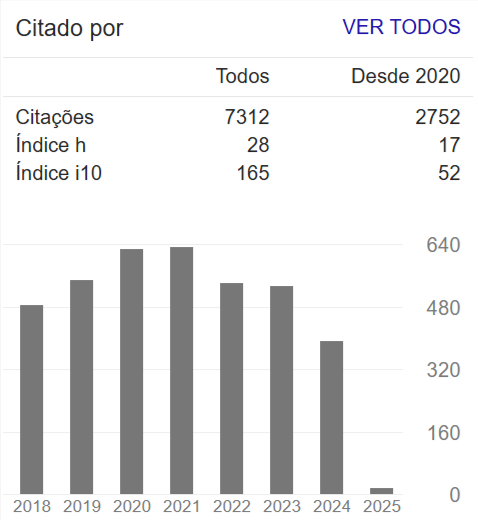USE OF FACTORIAL DESIGN TO MODEL HYDRAULIC CONDUCTIVITY OF A SANDY SOIL CHEMICALLY STABILIZED WITH LIME
Resumo
A laboratory study was conducted to evaluate the effects of lime stabilization over the hydraulic conductivity of a sandy soil from Botucatu Formation (São Paulo State, Brazil) with the intend to generate a less permeable material. The experiment was performed using the technique of factorial design 32, with the two factors: moisture content (MC) and lime percentage (LP), varying on three levels each. The MC levels were 6.4, 7.6 and 8.8%, and the LP levels, 4.0, 8.0 and 12.0%. Hydraulic conductivity was measured in constant-head permeameters. The samples of stabilized and natural soils were compacted, at the same compaction ratio, inside the permeability columns. With the results of the characterization, was performed a statistical analysis, resulting in regression model as a function of the variable factors. Thus it was possible to evaluate the effect of moisture and lime ratios and establish response surface, showing the hydraulic behavior of the stabilized soil. Lime stabilization can decrease the hydraulic conductivity and MC represent the most significant factor on the mixtures. This method allows a better understanding of lime and water amount influence.

















